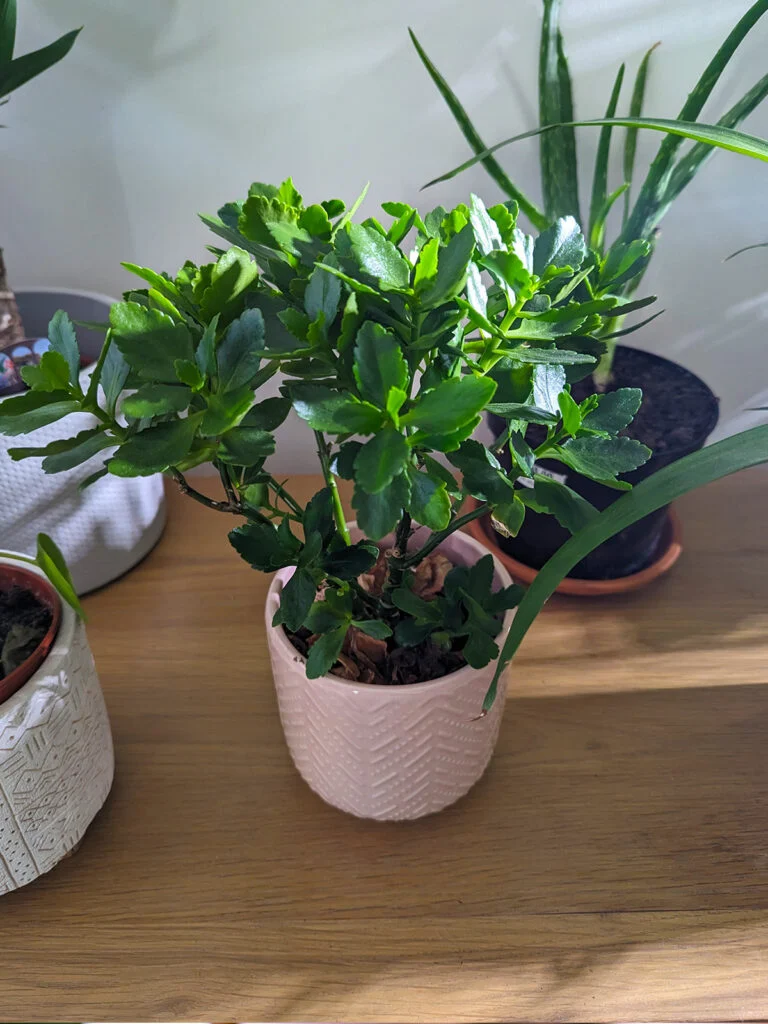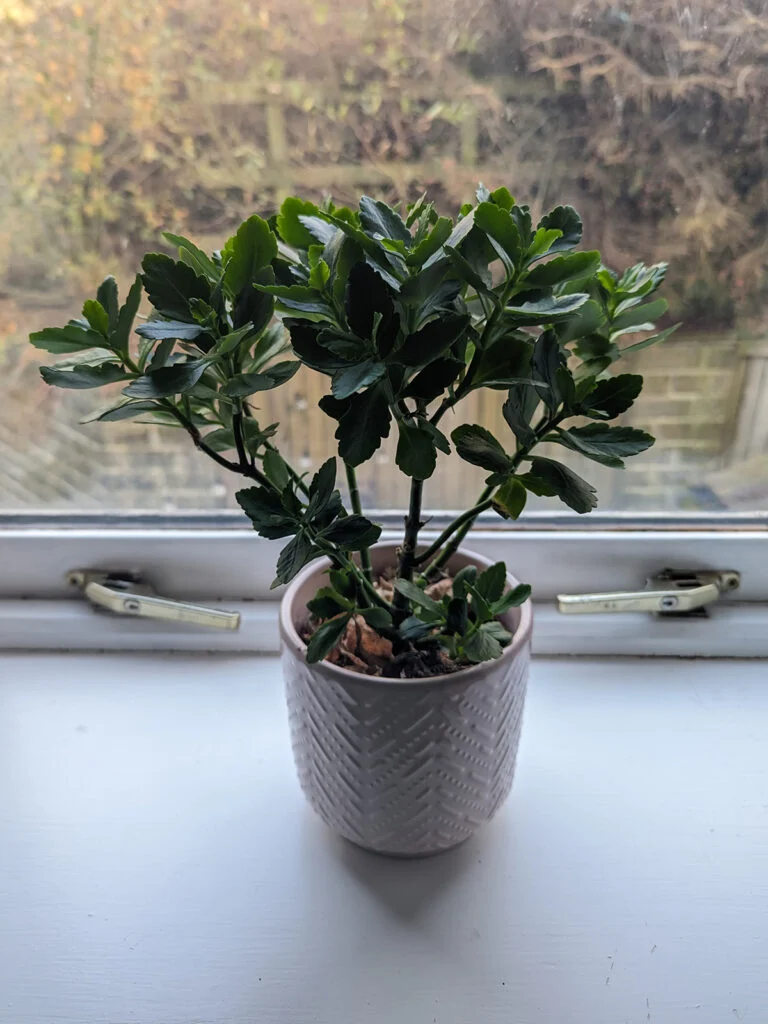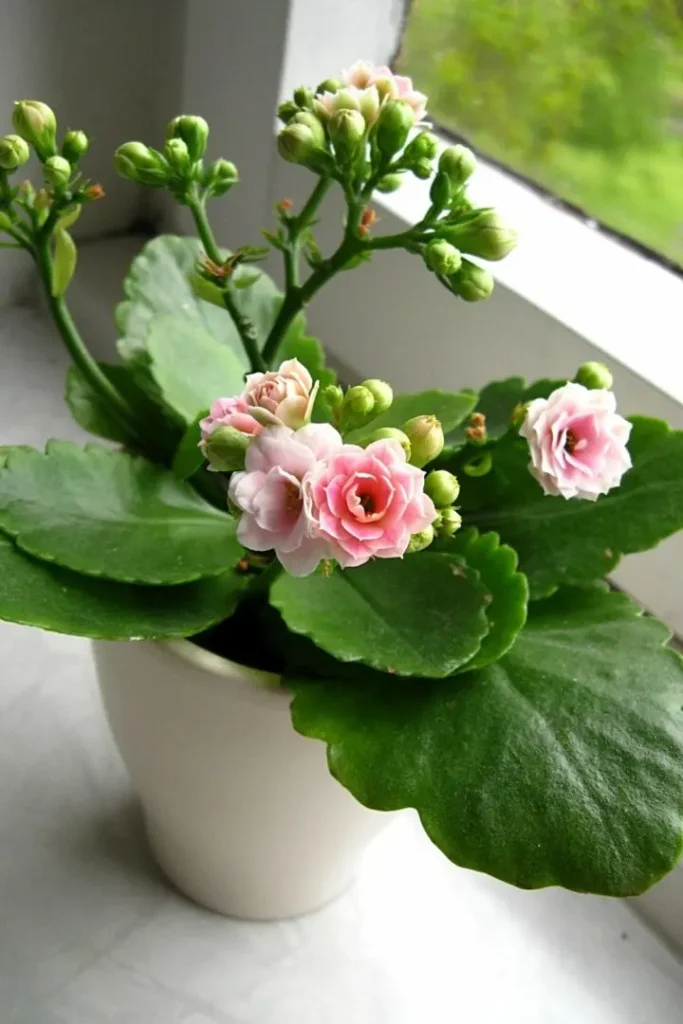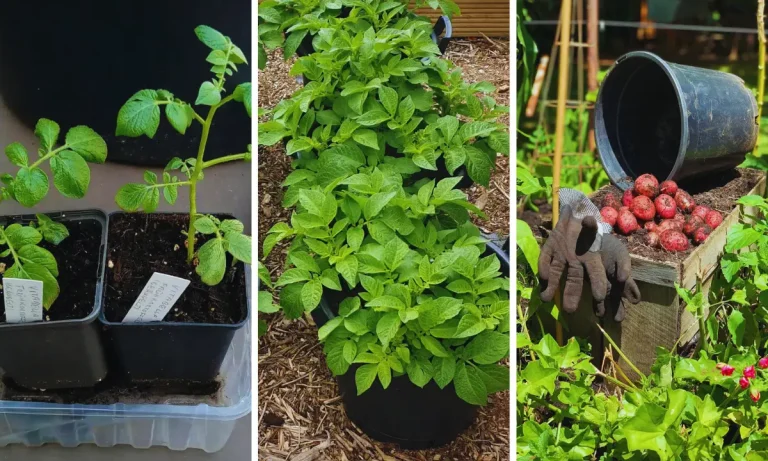How To Get Kalanchoe To Rebloom & My Top Care Tips
Are you looking to add a splash of vibrant color to your home? Kalanchoe plants are a popular choice for their beautiful, long-lasting blooms and easy care requirements. In this guide, we’ll explore everything you need to know about caring for Kalanchoe plants, from understanding their origins to mastering the art of getting them to rebloom.
Understanding the Kalanchoe Plant

Origin of Kalanchoe
The Kalanchoe plant is native to Madagascar and tropical Africa. It belongs to the Crassulaceae family and is known for its ability to thrive in arid conditions. This makes it a great choice for those who may not have a green thumb or live in dry climates.
Characteristics of the Kalanchoe Blossfeldiana
The most commonly cultivated species of Kalanchoe is the Kalanchoe blossfeldiana. This plant is prized for its vibrant, long-lasting flowers which come in a range of colors including red, orange, yellow, and pink. Its glossy, dark green foliage provides a beautiful contrast to the colorful blooms, making it a stunning addition to any indoor space.
Optimal Growing Conditions for Kalanchoe

Light Requirements
Kalanchoe plants thrive in bright, indirect light. Place them near a sunny window where they can receive plenty of natural light without being exposed to direct sunlight, especially during the hottest parts of the day.
Ideal Temperature and Humidity
These plants prefer warm temperatures ranging from 60-85°F (15-29°C). They also do well in average indoor humidity levels, making them well-suited for most home environments.
Watering Practices to Prevent Overwatering
One of the most common mistakes when caring for Kalanchoe plants is overwatering. These succulents prefer to dry out between waterings, so be sure to allow the soil to dry slightly before watering again. When you do water, ensure that excess water can drain away to prevent waterlogged soil which can lead to root rot.
Soil Composition and Container Specifications
A well-draining potting mix is essential for Kalanchoe plants. Look for a mix designed for succulents or cacti, or create your own by combining regular potting soil with perlite or coarse sand to improve drainage. Additionally, choose a pot with drainage holes to further prevent water accumulation.
Get Your Kalanchoe to Rebloom (Understanding Photoperiodism)
Importance of Darkness in Blooming Cycle
Kalanchoe plants rely on periods of darkness to initiate blooming. In their natural habitat, this occurs as the days shorten in the fall. To encourage reblooming at home, you can simulate this natural cycle by providing 14 hours of darkness each day for 6 weeks. This can be achieved by placing the plant in a dark closet or covering it with a light-proof bag.
Rest Period Care for Stimulating Blooms
After the 6-week dark period, resume normal care for your Kalanchoe plant. With proper light, temperature, and watering, you should start to see flower buds forming within a few weeks. Continue regular care and enjoy the beautiful blooms as they develop.
Advanced Kalanchoe Care Techniques

Propagating Kalanchoe for More Plants
Once your Kalanchoe has finished blooming, you can propagate new plants from leaf or stem cuttings. Simply remove a healthy leaf or stem from the mother plant and allow it to callus over for a day or two. Then, place it in a well-draining potting mix and keep it lightly moist until roots develop.
Repotting Mature Plants for Continued Growth
As your Kalanchoe matures, you may find that it outgrows its current pot. When this happens, carefully repot it into a slightly larger container using fresh potting mix. This will provide more space for root growth and support continued healthy development.
With these care tips and techniques, you can enjoy the beauty of Kalanchoe plants in your home year after year. Whether you’re a seasoned plant parent or just starting out, Kalanchoe is a wonderful addition to any indoor garden. Keep these guidelines in mind and watch as your Kalanchoe thrives and blooms with proper care and attention.





